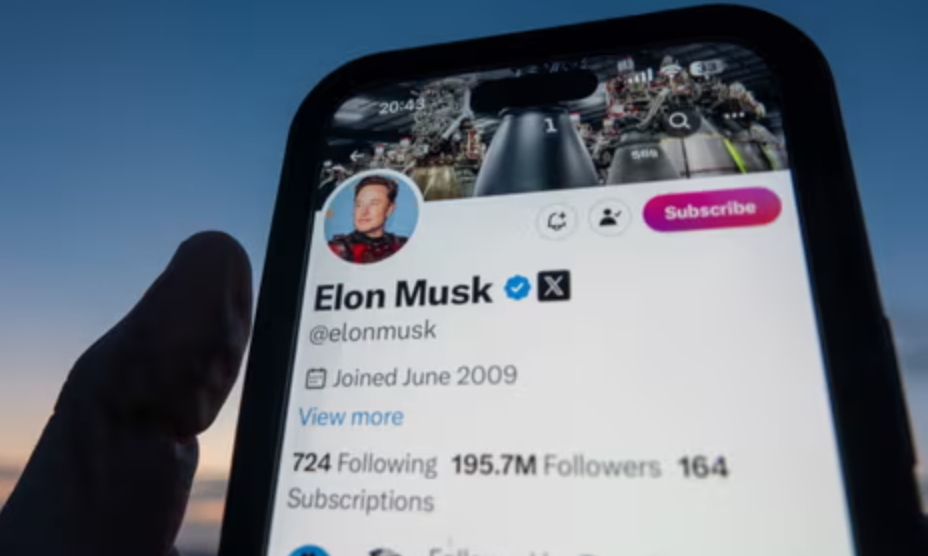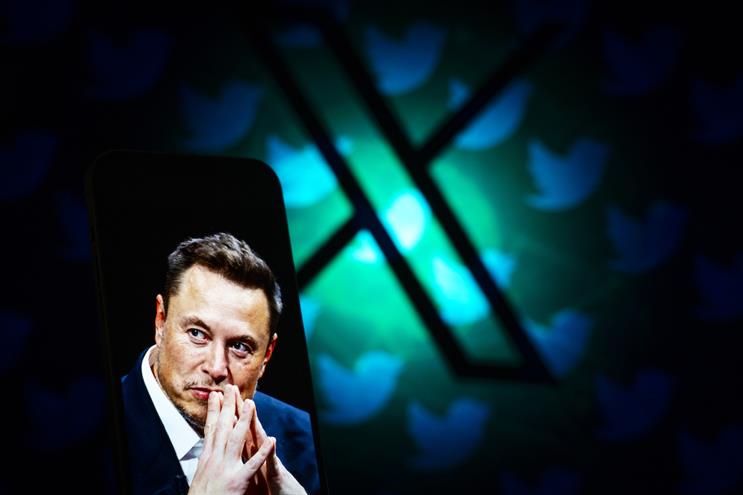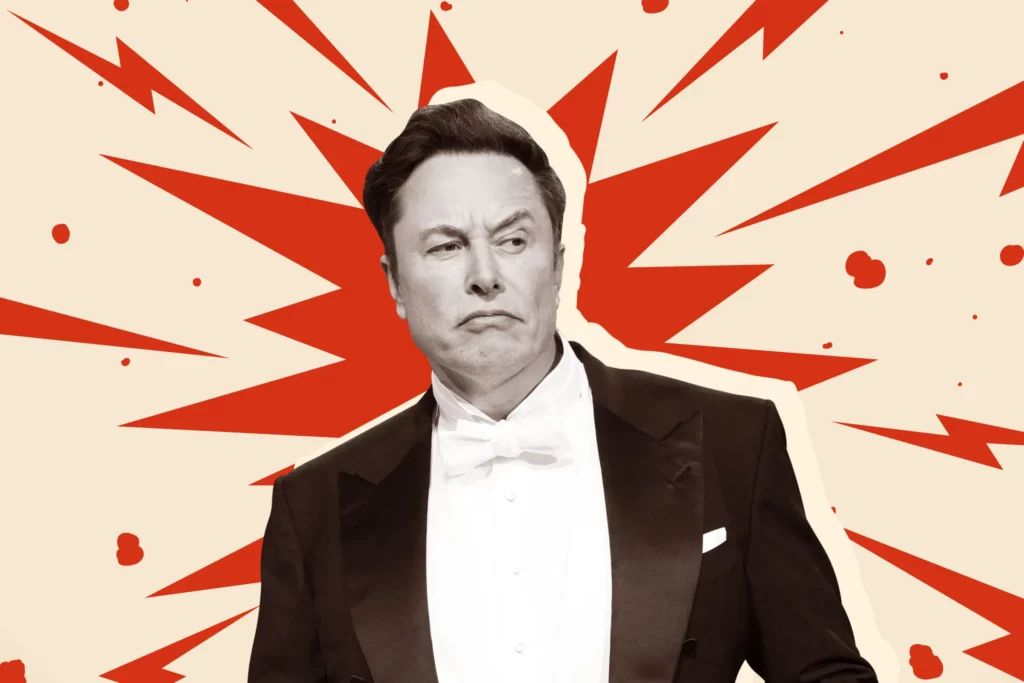Exactly two years ago today (October 28), billionaire Elon Musk began his first day as the owner and CEO of then-Twitter.
As the platform became a hub of polarizing content, many marketers quickly withheld their ad budgets, concerned about their businesses being associated with either controversial issues or Musk himself. Now that the dust has settled, the question of whether advertisers would change their attitude has never been more complex.
The reasons behind Musk’s conflict with marketers are now widely known and recorded. But here’s a little recap: Following Musk’s takeover, sponsors withdrew from Twitter due to concerns about content filtering, inconsistent policy changes, and brand safety.
This sparked a storm of concern about the platform’s stability and user experience, prompting many marketers to reconsider their advertising strategy on what was still Twitter. They understood Musk had become irrevocably associated with the platform and found it difficult to reconcile.
READ MORE: Elon Musk Is $26 Billion Wealthier After Tesla Had Its Greatest Day On The Stock Market Since 2013

“I think what we effectively have with brand safety is two completely different topics,” said Tom Goodwin, co-founder of business transformation agency All We Have Is Now and a former Twitter advertiser. “We have one concerning the quality of the content next to you. And then there’s a completely different subject, which is sometimes combined: whether advertisers are willing to spend money to support the owner of a media outlet.”
Linda Yaccarino, former NBCUniversal sales head, was brought in to try to ease tensions last spring, but her attempts have instead highlighted the basis for the problems in the first place.
READ MORE: Elon Musk Offers $1 Million Each Day To Encourage Swing State Voters To Sign A Petition
For example, in April, Yaccarino, as CEO, held a client council in London for 75 ad industry executives. Following the discussion, one senior executive discussed the complexities of marketers’ attitudes toward the platform and advertising on it.
“I came out of that meeting feeling positive, thinking there’s a lot we can work on [on X] with our clients,” they told Digiday at the time.

Despite the positive impression, questions about advertising on the platform remain unanswered.
“It doesn’t matter how good we felt coming out of that room, fundamentally, there is still the Elon factor,” according to the senior executive. “It’s very hard for advertisers to move forward when the PR around him as an individual is so negative.”
Yaccarino is aware of the challenge.
Throughout her first year as CEO, she underlined the need of marketers distinguishing X as a platform from Musk as an individual, noting that he will behave autonomously and will not be influenced by external expectations.
She has also pushed to strengthen X’s pool of advertising executives in order to successfully deliver this message.
Yaccarino has strengthened X’s brand safety and advertising teams with the additions of Kylie McRoberts (head of safety), Yale Cohen (head of brand safety and advertiser solutions), and Angela Zepeda (global director of marketing).
READ MORE: Elon Musk Provides An Update As The Second Person Receives Neuralink Brain Implants
With these hires, X has attempted to be more collaborative with the industry, including re-engaging with the Trustworthy Accountability Group early this year to gain brand safety certification. Yaccarino has sponsored worldwide client council meetings focusing on brand safety, as well as conference calls with major partners to explore new features and alliances. So far, the team has prioritized video content, reintroduced its transparency report, and attempted to optimize ad units, but they remain behind competitors.

On the brand safety front, both Goodwin and Jack Johnston, senior social innovation director at Tinuiti, agree that X’s tools are comparable to those of its platform peers, and that they function well.
“The safety has been less about the advertiser tools available, and more about the other content away from your brand,” according to Johnston. “There’s nothing a brand can do to shape or influence that.”
He implies that the tools perform their basic function of sandwiching an ad between two nicer pieces of information. But, outside of that sandwich, the sentiment and content surrounding it remain an issue.
“When marketers go to X and see a lot of inflammatory comments right away in their own feeds, they become concerned that others will see it, and it won’t be long before someone takes a screenshot,” said one senior ad executive who asked to remain anonymous. “So even though they’re not advertising against that context, it goes back to the cautious element of it.”
Until this changes, marketers are unlikely to make any significant adjustments to their approach to advertising on X – at least not in a meaningful sense. Johnston, for example, stated that his team is still exploring opportunities and that they do have certain customers that are interested in allocating ad spend to X, as well as collaborations they work on, but it is largely determined by individual brand decisions.
X by the numbers.
According to statistics company Guideline, X contributed for barely 1% of worldwide ad spending between September 2023 and August 2024. In comparison, Meta took 60%, TikTok 20%, Snapchat 9%, and Pinterest 3%. According to market intelligence firm Sensor Tower, 72 of the top 100 paying U.S. advertisers on X in October 2022 had stopped investing on the platform by September 2024. According to Kantar’s Media Reactions 2024 report, 26% of advertisers want to lower their ad expenditure on X in 2025.
Despite fresh additions to X’s ad sales team and changes in how the platform presents itself to the industry, the platform’s ability to modify the post-Musk narrative remains to be seen.
Take the Cannes Lions International Festival of Creativity, which occurred in June. Yaccarino’s personal assistant led advertising executives through the lobby of the Carlton Hotel to the X’s sumptuous 900-square-foot room, where company executives, including Yaccarino, had meetings. Flashy, yes. However, it was quite low-key in comparison to previous years, when Twitter would take over the beach at the event.

When Yaccarino wasn’t conducting business, she was on stage, making her presence known. One example was her interview with Sarah Fischer of Axios at the publication’s hillside villa. While the CEO was able to discuss some of X’s interesting new sports agreements, the subject eventually got back to Musk.
Fast forward to August, and nothing has more exemplified X’s continuous battle with marketers than its interactions with the World Federation of Advertisers.
What began as a threat turned into Musk’s latest legal battle, in which X actively sued the trade association and four specific advertisers (CVS Health, Mars, Orsted, and Unilever). Why? Musk claims that, as in past instances, WFA and the aforementioned advertisers conspired to withhold ad dollars from X. What was the result? So far, the WFA has closed down the Global Alliance for Responsible Advertisers (GARM).
The platform appears to be still struggling with ad revenue (or a lack thereof). Otherwise, why would Musk want to sue a trade body if the chances of success are uncertain?
More significantly, Unilever has now been pulled from the WFA lawsuit – Unilever was widely regarded as the WFA’s most prominent voice. “X is pleased to have reached an agreement with Unilever and to continue our partnership with them on the platform,” read the platform’s official remark regarding this recent development. The word “partnership” conveys a lot. While the settlement’s terms are only known to X and Unilever executives, it does indicate to the rest of the industry that X cannot be all that horrible. If such were the case, why would an advertiser get into such an arrangement if the platform was as risky as many believe it is?
This sequence of events highlights the crux of Musk’s X’s capricious relationship with advertisers: the decision to advertise on X is no longer black and white. There are numerous shades of gray to consider here. Before making any investment, advertisers perform a number of risk-reward calculations. X is no different.
“I believe sponsors would be lot more tolerant if X had significant growth numbers and truly unique, innovative ad forms. “It would be a completely different conversation,” said the top advertising executive. “You’d still have brands that feel it’s not appropriate for the political reasons, but you’d have a lot that would at least take a second glance and really consider it even if there’s a bit of risk, and it takes effort to overcome that risk.”
Radiant TV, offering to elevate your entertainment game! Movies, TV series, exclusive interviews, music, and more—download now on various devices, including iPhones, Androids, smart TVs, Apple TV, Fire Stick, and more.


